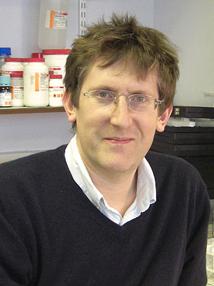BibTex format
@article{Tobias:2021:10.3389/fendo.2020.630875,
author = {Tobias, JH and Duncan, EL and Kague, E and Hammond, CL and Gregson, CL and Bassett, D and Williams, GR and Min, JL and Gaunt, TR and Karasik, D and Ohlsson, C and Rivadeneira, F and Edwards, JR and Hannan, FM and Kemp, JP and Gilbert, SJ and Alonso, N and Hassan, N and Compston, JE and Ralston, SH},
doi = {10.3389/fendo.2020.630875},
journal = {Frontiers in Endocrinology},
pages = {1--11},
title = {Opportunities and challenges in functional genomics research in osteoporosis: report from a workshop held by the causes working group of the osteoporosis and bone research academy of the Royal Osteoporosis Society on October 5th 2020},
url = {http://dx.doi.org/10.3389/fendo.2020.630875},
volume = {11},
year = {2021}
}

